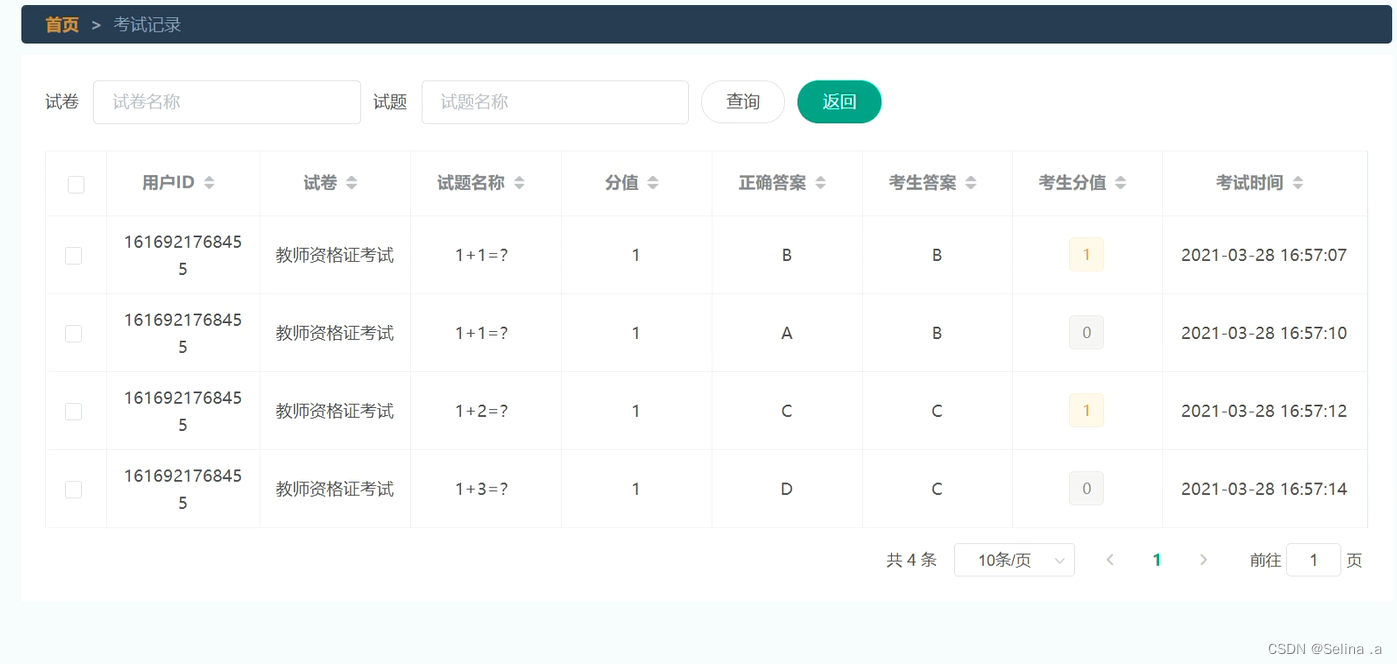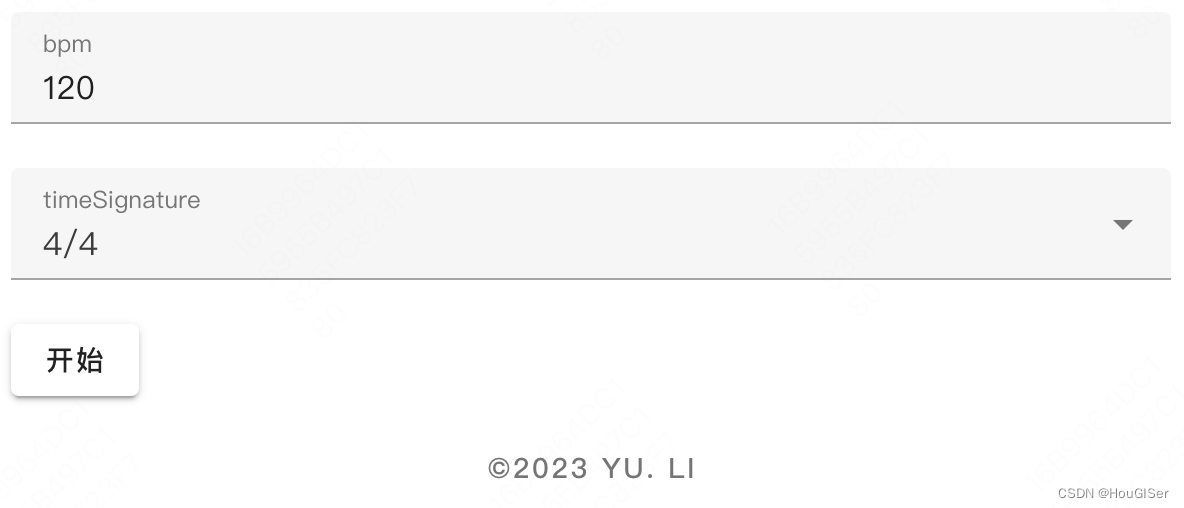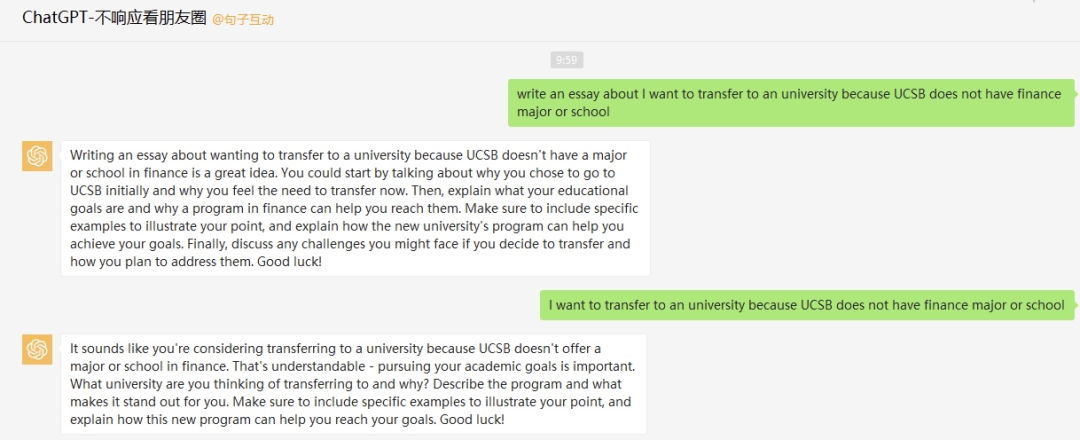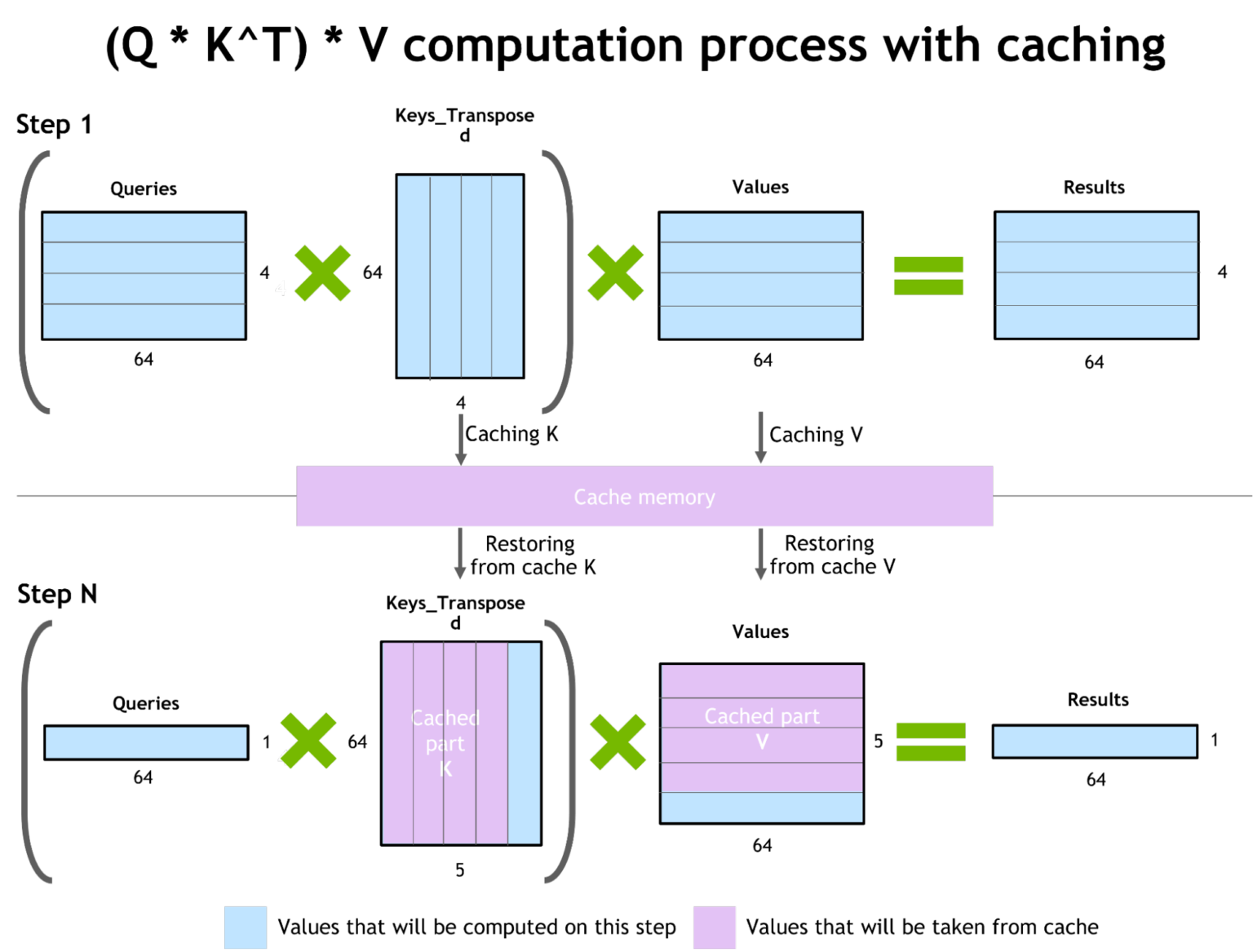1--Prompt-Tuning
1-1--Prompt-Tuning介绍
Prompt-Tuning 高效微调只会训练新增的Prompt的表示层,模型的其余参数全部固定;
新增的 Prompt 内容可以分为 Hard Prompt 和 Soft Prompt 两类;
Soft prompt 通常指的是一种较为宽泛或模糊的提示,允许模型在生成结果时有更大的自由度,通常用于启发模型进行创造性的生成;
Hard prompt 是一种更为具体和明确的提示,要求模型按照给定的信息生成精确的结果,通常用于需要模型提供准确答案的任务;
Soft Prompt 在 peft 中一般是随机初始化prompt的文本内容,而 Hard prompt 则一般需要设置具体的提示文本内容;

1-2--实例代码
from datasets import load_from_disk
from transformers import AutoTokenizer, AutoModelForCausalLM, DataCollatorForSeq2Seq
from transformers import pipeline, TrainingArguments, Trainer
from peft import PromptTuningConfig, get_peft_model, TaskType, PromptTuningInit, PeftModel
# 分词器
tokenizer = AutoTokenizer.from_pretrained("Langboat/bloom-1b4-zh")
# 函数内将instruction和response拆开分词的原因是:
# 为了便于mask掉不需要计算损失的labels, 即代码labels = [-100] * len(instruction["input_ids"]) + response["input_ids"]
def process_func(example):
MAX_LENGTH = 256
input_ids, attention_mask, labels = [], [], []
instruction = tokenizer("\n".join(["Human: " + example["instruction"], example["input"]]).strip() + "\n\nAssistant: ")
response = tokenizer(example["output"] + tokenizer.eos_token)
input_ids = instruction["input_ids"] + response["input_ids"]
attention_mask = instruction["attention_mask"] + response["attention_mask"]
labels = [-100] * len(instruction["input_ids"]) + response["input_ids"]
if len(input_ids) > MAX_LENGTH:
input_ids = input_ids[:MAX_LENGTH]
attention_mask = attention_mask[:MAX_LENGTH]
labels = labels[:MAX_LENGTH]
return {
"input_ids": input_ids,
"attention_mask": attention_mask,
"labels": labels
}
if __name__ == "__main__":
# 加载数据集
dataset = load_from_disk("./PEFT/data/alpaca_data_zh")
# 处理数据
tokenized_ds = dataset.map(process_func, remove_columns = dataset.column_names)
# print(tokenizer.decode(tokenized_ds[1]["input_ids"]))
# print(tokenizer.decode(list(filter(lambda x: x != -100, tokenized_ds[1]["labels"]))))
# 创建模型
model = AutoModelForCausalLM.from_pretrained("Langboat/bloom-1b4-zh", low_cpu_mem_usage=True)
# 设置 Prompt-Tuning
# Soft Prompt
# config = PromptTuningConfig(task_type=TaskType.CAUSAL_LM, num_virtual_tokens=10) # soft_prompt会随机初始化
# Hard Prompt
config = PromptTuningConfig(task_type = TaskType.CAUSAL_LM,
prompt_tuning_init = PromptTuningInit.TEXT,
prompt_tuning_init_text = "下面是一段人与机器人的对话。", # 设置hard_prompt的具体内容
num_virtual_tokens = len(tokenizer("下面是一段人与机器人的对话。")["input_ids"]),
tokenizer_name_or_path = "Langboat/bloom-1b4-zh")
model = get_peft_model(model, config) # 生成Prompt-Tuning对应的model
print(model.print_trainable_parameters())
# 训练参数
args = TrainingArguments(
output_dir = "/tmp_1203",
per_device_train_batch_size = 1,
gradient_accumulation_steps = 8,
logging_steps = 10,
num_train_epochs = 1
)
# trainer
trainer = Trainer(
model = model,
args = args,
train_dataset = tokenized_ds,
data_collator = DataCollatorForSeq2Seq(tokenizer = tokenizer, padding = True)
)
# 训练模型
trainer.train()
# 模型推理
model = AutoModelForCausalLM.from_pretrained("Langboat/bloom-1b4-zh", low_cpu_mem_usage=True)
peft_model = PeftModel.from_pretrained(model = model, model_id = "/tmp_1203/checkpoint-500/")
peft_model = peft_model.cuda()
ipt = tokenizer("Human: {}\n{}".format("考试有哪些技巧?", "").strip() + "\n\nAssistant: ", return_tensors="pt").to(peft_model.device)
print(tokenizer.decode(peft_model.generate(**ipt, max_length=128, do_sample=True)[0], skip_special_tokens=True))
运行结果:

2--P-Tuning
2-1--P-Tuning介绍
P-Tuning 是在 Prompt-Tuning的基础上,通过新增 LSTM 或 MLP 编码模块来加速模型的收敛;

2-2--实例代码
from datasets import load_from_disk
from transformers import AutoTokenizer, AutoModelForCausalLM, DataCollatorForSeq2Seq
from transformers import TrainingArguments, Trainer
from peft import PromptEncoderConfig, TaskType, get_peft_model, PromptEncoderReparameterizationType
# 分词器
tokenizer = AutoTokenizer.from_pretrained("Langboat/bloom-1b4-zh")
# 函数内将instruction和response拆开分词的原因是:
# 为了便于mask掉不需要计算损失的labels, 即代码labels = [-100] * len(instruction["input_ids"]) + response["input_ids"]
def process_func(example):
MAX_LENGTH = 256
input_ids, attention_mask, labels = [], [], []
instruction = tokenizer("\n".join(["Human: " + example["instruction"], example["input"]]).strip() + "\n\nAssistant: ")
response = tokenizer(example["output"] + tokenizer.eos_token)
input_ids = instruction["input_ids"] + response["input_ids"]
attention_mask = instruction["attention_mask"] + response["attention_mask"]
labels = [-100] * len(instruction["input_ids"]) + response["input_ids"]
if len(input_ids) > MAX_LENGTH:
input_ids = input_ids[:MAX_LENGTH]
attention_mask = attention_mask[:MAX_LENGTH]
labels = labels[:MAX_LENGTH]
return {
"input_ids": input_ids,
"attention_mask": attention_mask,
"labels": labels
}
if __name__ == "__main__":
# 加载数据集
dataset = load_from_disk("./PEFT/data/alpaca_data_zh")
# 处理数据
tokenized_ds = dataset.map(process_func, remove_columns = dataset.column_names)
# print(tokenizer.decode(tokenized_ds[1]["input_ids"]))
# print(tokenizer.decode(list(filter(lambda x: x != -100, tokenized_ds[1]["labels"]))))
# 创建模型
model = AutoModelForCausalLM.from_pretrained("Langboat/bloom-1b4-zh", low_cpu_mem_usage=True)
# 设置 P-Tuning
# 使用 MLP
config = PromptEncoderConfig(task_type=TaskType.CAUSAL_LM, num_virtual_tokens=10,
encoder_reparameterization_type=PromptEncoderReparameterizationType.MLP,
encoder_hidden_size=1024)
# 使用LSTM
config = PromptEncoderConfig(task_type=TaskType.CAUSAL_LM, num_virtual_tokens=10,
encoder_reparameterization_type=PromptEncoderReparameterizationType.LSTM,
encoder_dropout=0.1, encoder_num_layers=1, encoder_hidden_size=1024)
model = get_peft_model(model, config) # 生成P-Tuning对应的model
print(model.print_trainable_parameters())
# 训练参数
args = TrainingArguments(
output_dir = "/tmp_1203",
per_device_train_batch_size = 1,
gradient_accumulation_steps = 8,
logging_steps = 10,
num_train_epochs = 1
)
# trainer
trainer = Trainer(
model = model,
args = args,
train_dataset = tokenized_ds,
data_collator = DataCollatorForSeq2Seq(tokenizer = tokenizer, padding = True)
)
# 训练模型
trainer.train()
# 模型推理
model = model.cuda()
ipt = tokenizer("Human: {}\n{}".format("考试有哪些技巧?", "").strip() + "\n\nAssistant: ", return_tensors="pt").to(model.device)
print(tokenizer.decode(model.generate(**ipt, max_length=128, do_sample=True)[0], skip_special_tokens=True))

3--Prefix-Tuning
3-1--Prefix-Tuning介绍
Prefix-Tuning 会把可训练参数嵌入到整个模型中,即前缀;
Prefix-Tuning 将多个 prompt vectors 放在每个 multi-head attention 的 key 矩阵和 value 矩阵之前;
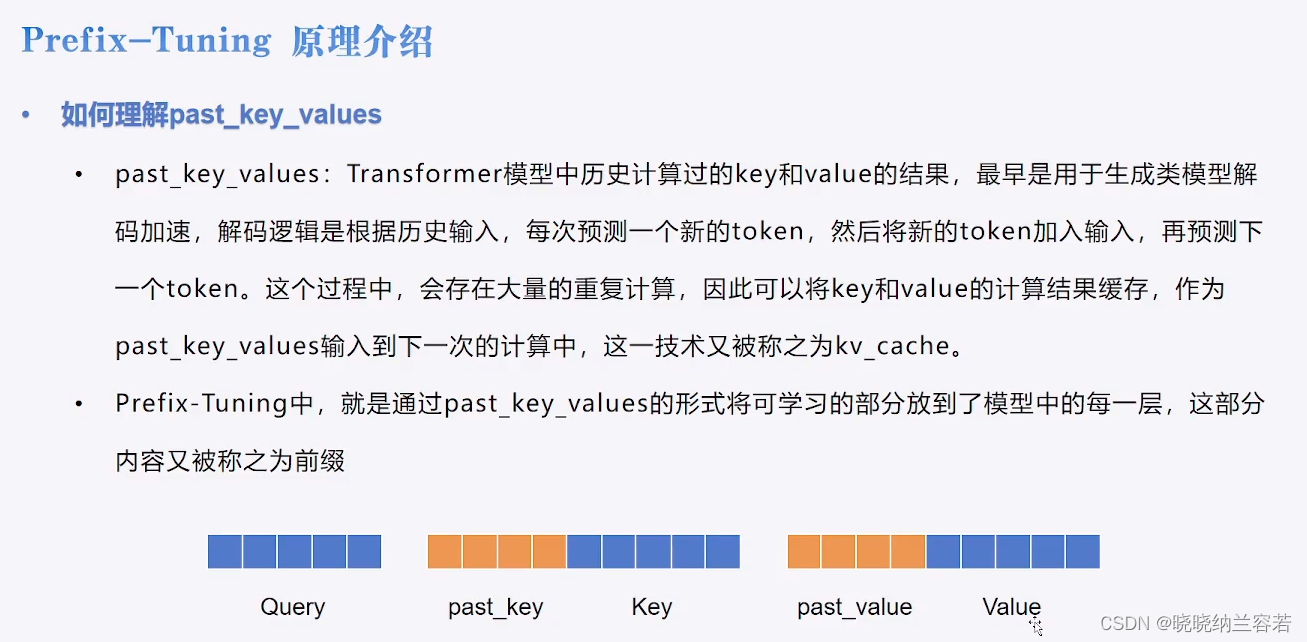
3-2--代码实例
from datasets import load_from_disk
from transformers import AutoTokenizer, AutoModelForCausalLM, DataCollatorForSeq2Seq
from transformers import pipeline, TrainingArguments, Trainer
from peft import PrefixTuningConfig, get_peft_model, TaskType
# 分词器
tokenizer = AutoTokenizer.from_pretrained("Langboat/bloom-1b4-zh")
# 函数内将instruction和response拆开分词的原因是:
# 为了便于mask掉不需要计算损失的labels, 即代码labels = [-100] * len(instruction["input_ids"]) + response["input_ids"]
def process_func(example):
MAX_LENGTH = 256
input_ids, attention_mask, labels = [], [], []
instruction = tokenizer("\n".join(["Human: " + example["instruction"], example["input"]]).strip() + "\n\nAssistant: ")
response = tokenizer(example["output"] + tokenizer.eos_token)
input_ids = instruction["input_ids"] + response["input_ids"]
attention_mask = instruction["attention_mask"] + response["attention_mask"]
labels = [-100] * len(instruction["input_ids"]) + response["input_ids"]
if len(input_ids) > MAX_LENGTH:
input_ids = input_ids[:MAX_LENGTH]
attention_mask = attention_mask[:MAX_LENGTH]
labels = labels[:MAX_LENGTH]
return{
"input_ids": input_ids,
"attention_mask": attention_mask,
"labels": labels
}
if __name__ == "__main__":
# 加载数据集
dataset = load_from_disk("./PEFT/data/alpaca_data_zh")
# 处理数据
tokenized_ds = dataset.map(process_func, remove_columns = dataset.column_names)
# print(tokenizer.decode(tokenized_ds[1]["input_ids"]))
# print(tokenizer.decode(list(filter(lambda x: x != -100, tokenized_ds[1]["labels"]))))
# 创建模型
model = AutoModelForCausalLM.from_pretrained("Langboat/bloom-1b4-zh", low_cpu_mem_usage=True)
# 设置Prefix-tuning
config = PrefixTuningConfig(task_type = TaskType.CAUSAL_LM, num_virtual_tokens = 10, prefix_projection = True)
model = get_peft_model(model, config)
# print(model.prompt_encoder)
# print(model.print_trainable_parameters())
# 训练参数
args = TrainingArguments(
output_dir = "/tmp_1203",
per_device_train_batch_size = 1,
gradient_accumulation_steps = 8,
logging_steps = 10,
num_train_epochs = 1
)
# trainer
trainer = Trainer(
model = model,
args = args,
train_dataset = tokenized_ds,
data_collator = DataCollatorForSeq2Seq(tokenizer = tokenizer, padding = True)
)
# 训练模型
trainer.train()
# 模型推理
model = model.cuda()
ipt = tokenizer("Human: {}\n{}".format("考试有哪些技巧?", "").strip() + "\n\nAssistant: ", return_tensors="pt").to(model.device)
print(tokenizer.decode(model.generate(**ipt, max_length=128, do_sample=True)[0], skip_special_tokens=True))


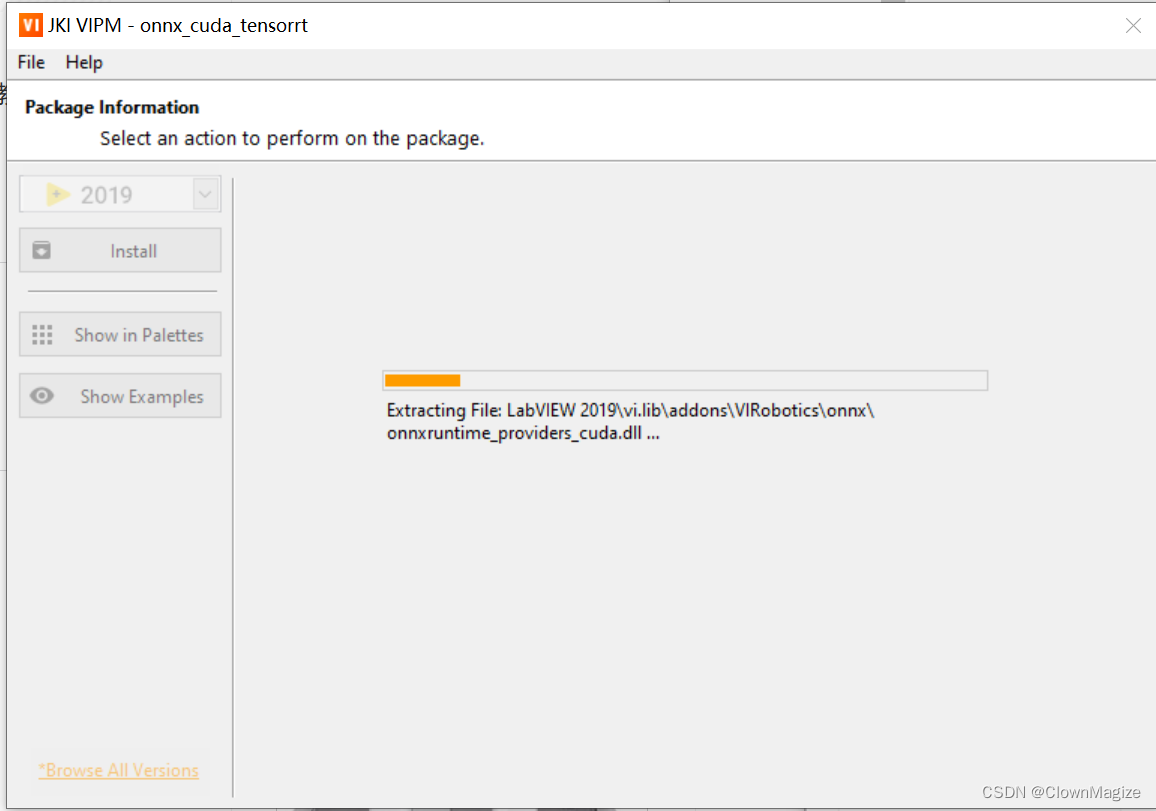

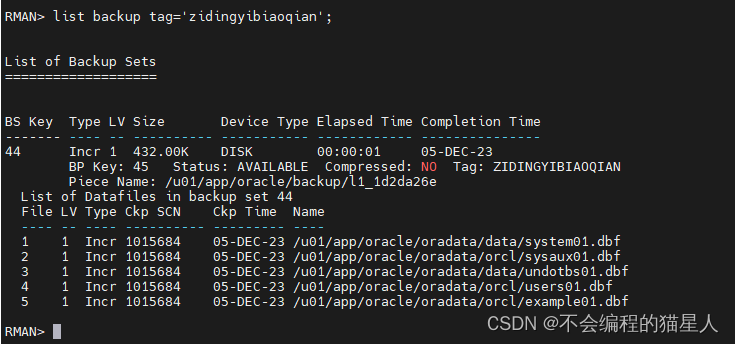
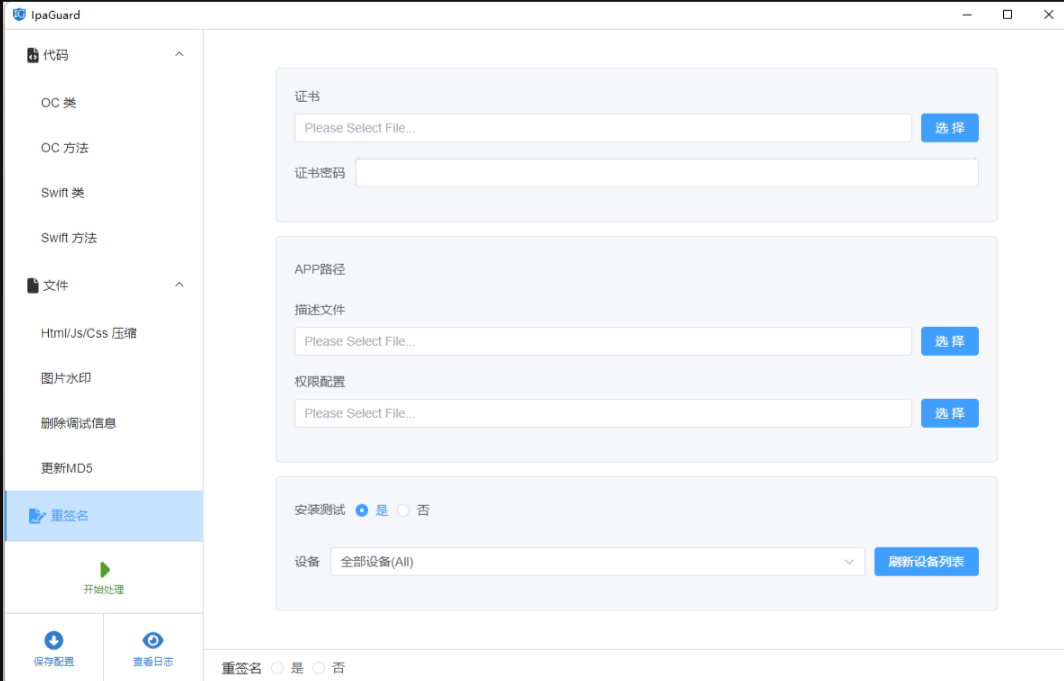



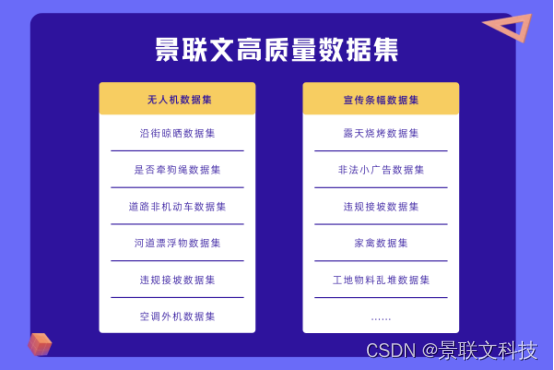
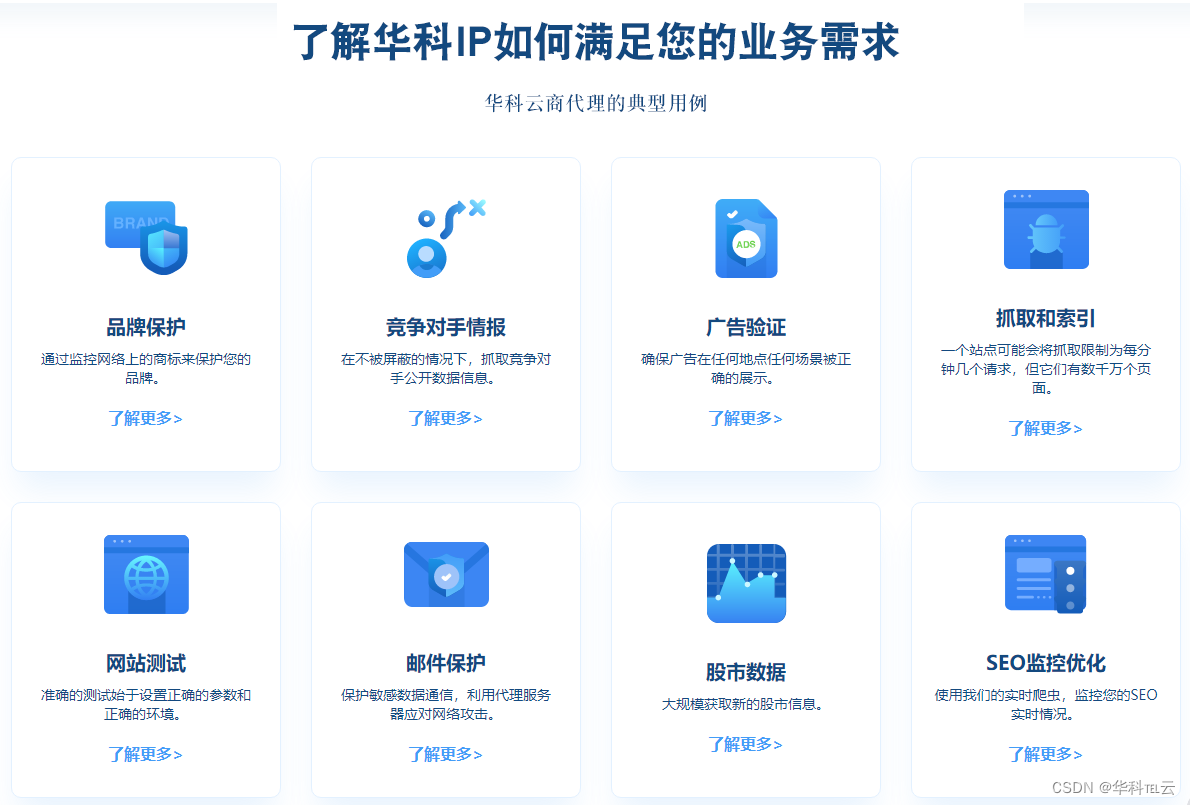

![[足式机器人]Part2 Dr. CAN学习笔记-数学基础Ch0-3线性化Linearization](https://img-blog.csdnimg.cn/direct/272e51ba6b694e7da6bb320e03bf6620.png)

